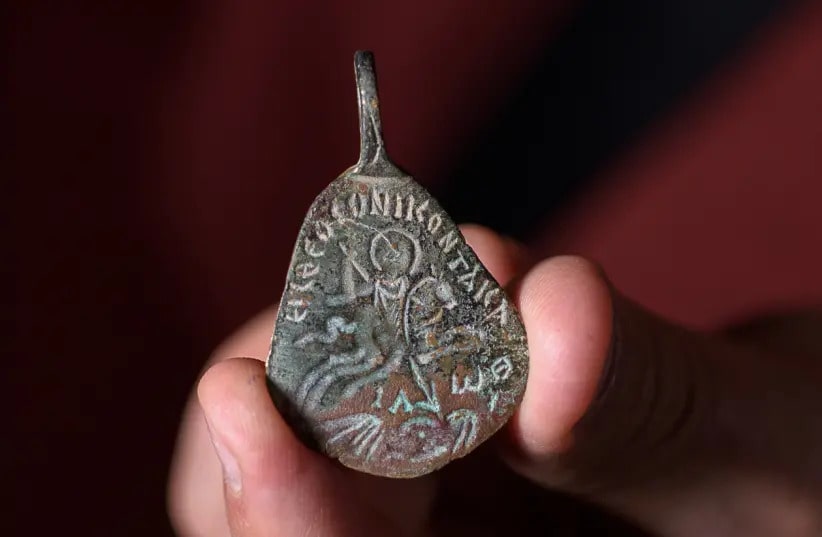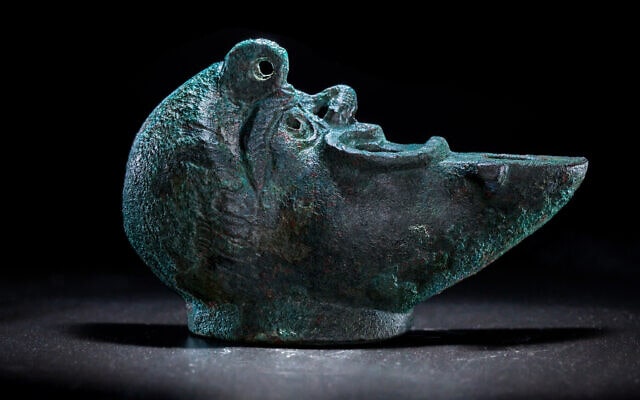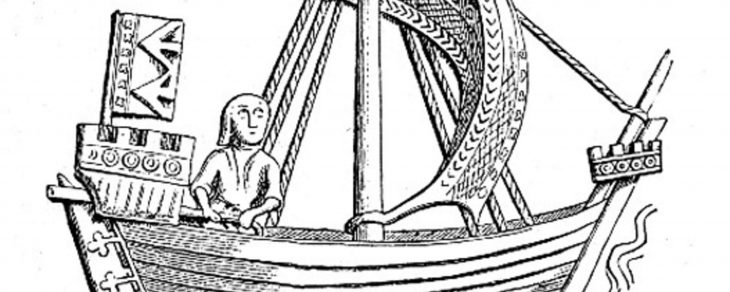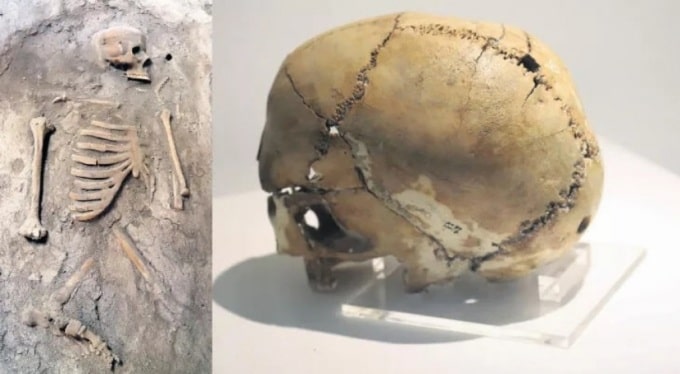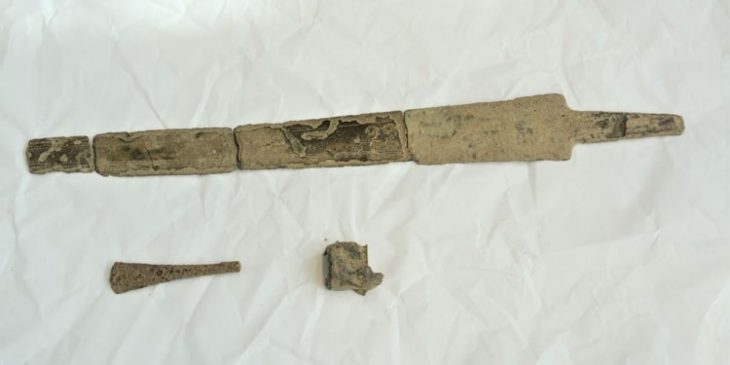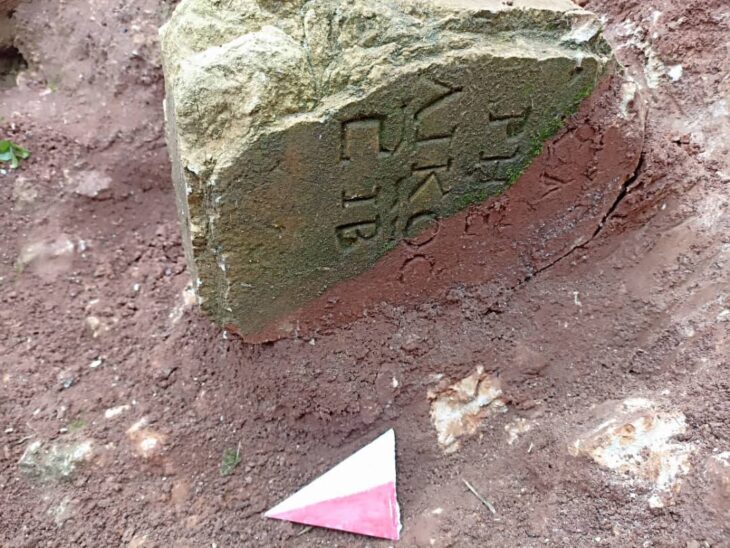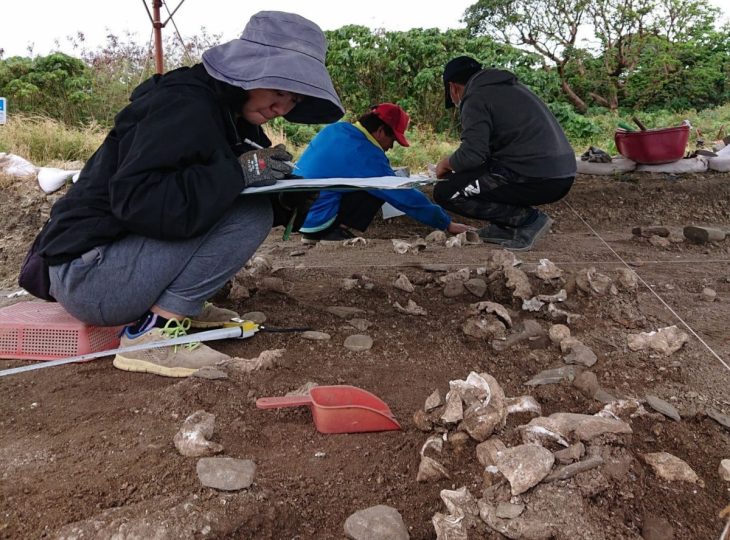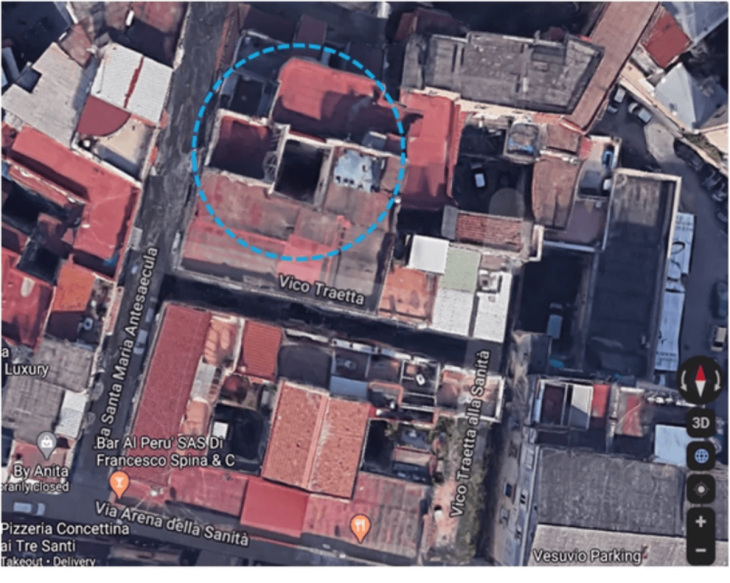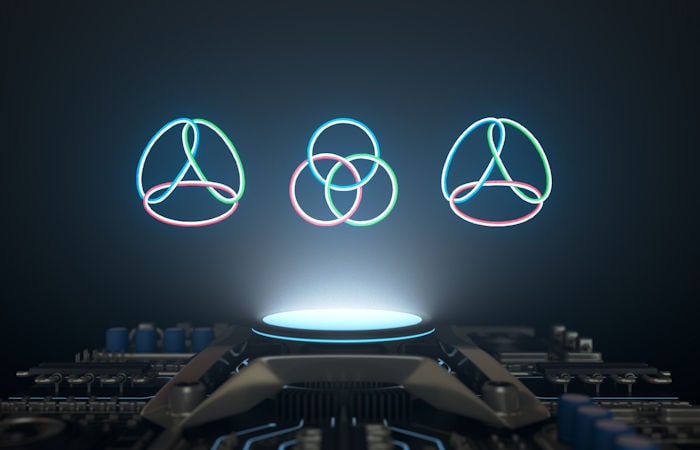Discovered about 40 years ago in the Galilee village of Arbel, the necklace sheds light on life 1500 years ago.
The artifact was discovered by one of the village’s first residents, the late Tova Haviv, 40 years ago in Arbel, Galilee, and was recently handed over to the Antiquities Authority by a family member, according to the IAA.
“The amulet is part of a group of fifth–sixth-century CE amulets from the Levant that were probably produced in the Galilee and Lebanon,” Dr. Eitan Klein, deputy director of the IAA’s Antiquities Theft Prevention Unit, said in a press release.
“This group of amulets is sometimes called ‘Solomon’s Seal’ and the rider is depicted overcoming the evil spirit – in this case, a female identified with the mythological figure Gello/Gyllou, who threatens women and children and is associated with the evil eye. The eye on the reverse is identifiable as the evil eye, being attacked and vanquished by various means. The amulet was therefore probably used to guard against the evil eye, possibly to protect women and children.”
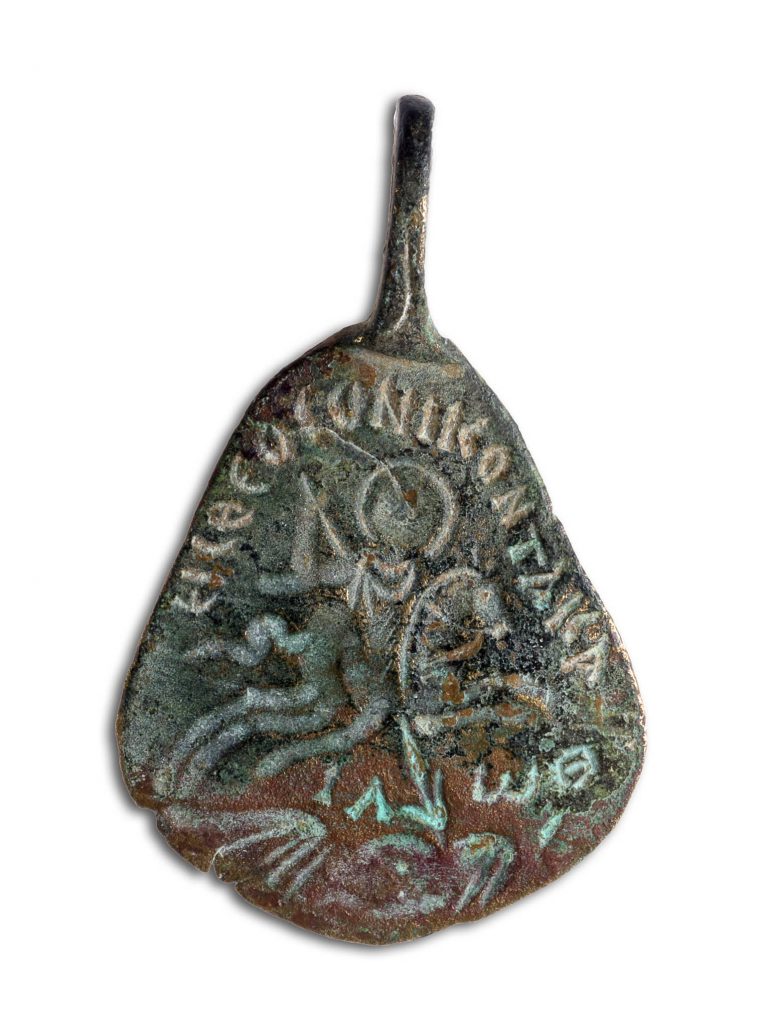
The pendant is shaped like a triangle and has a halo around the head of a horse rider on one side. The rider is shown throwing a sphere at a female figure on the ground, surrounded by the Greek inscription “The One God Who Conquers Evil.”
📣 Our WhatsApp channel is now LIVE! Stay up-to-date with the latest news and updates, just click here to follow us on WhatsApp and never miss a thing!!
Under the horse, the Greek letters I A W appear, which correspond to the Jewish divine name Y-H-W-H. On the other side of the object, an eye is pierced by arrows and surrounded by dangerous animals – two lions, a snake, a scorpion, and a bird – as well as another Greek inscription that reads “One God.”
Despite the use of non-Jewish symbolism, the fact that the object was discovered in Arbel, a Jewish settlement during the Byzantine period, suggests that it belonged to a Jew.
“Although scholars generally identify the wearers of such amulets as Christians or Gnostics, the fact that the amulet was found within a Jewish settlement containing a synagogue in the fifth-sixth centuries CE may indicate that even Jews of the period wore amulets of this type for protection against the evil eye and demons,” said Klein.
Dr. Eitan Klein expressed his gratitude and thanked that the necklace was handed over to the IAA.
Source: Jerusalem Post
Cover Photo: DAFNA GAZIT/ISRAEL ANTIQUITIES AUTHORITY

